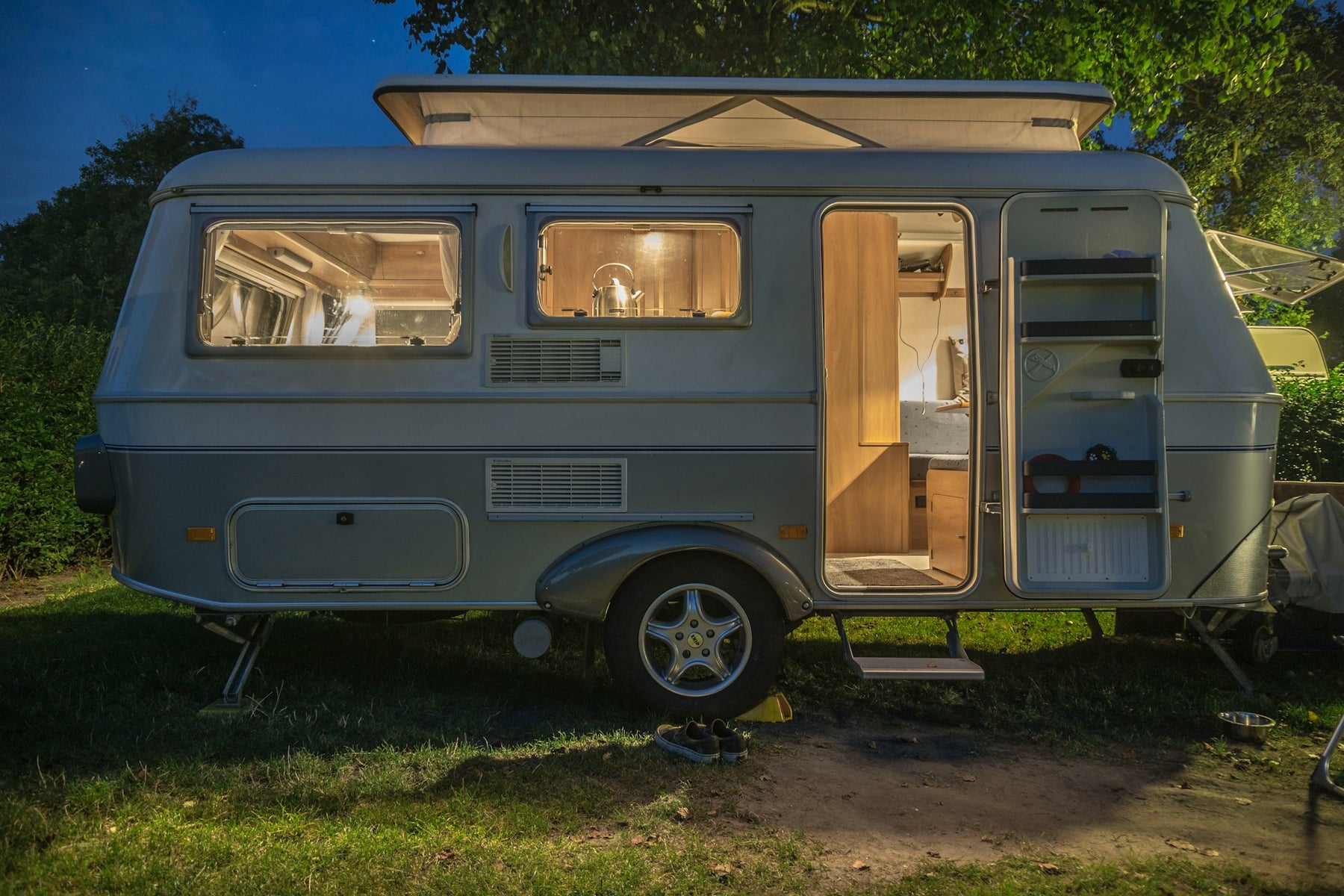
How Big of an Inverter Do You Need to Run a Camper?
Exploring the great outdoors in a camper is a dream come true for many. Whether winding through the rugged mountain passes or parked beside tranquil lakes, the ability to power your appliances makes the journey more comfortable. The heart of this power system is the inverter. An inverter converts the DC electricity stored in your camper's batteries into the AC power that most of your household appliances need to run. But, selecting the right inverter size is crucial-it ensures efficiency, longevity, and reliability in your mobile abode. This article will show you how to choose the perfect inverter size for your camper.
Can an Inverter Run a Camper?
Certainly, an inverter can power a camper. The inverter serves as a bridge between your off-grid energy supply (usually batteries) and the appliances you use daily. From microwaves to air conditioners, each appliance has specific power demands that the inverter must meet without faltering.

How to Choose the Right Size Inverter for Your Camper
A better grip of your power usage is important in choosing the right inverter. Start by listing all the appliances you plan to use in the camper. Common items include fridges, lights, TVs, and chargers. Each has a wattage rating, usually found on the product or in the user manual. Summing up these wattages gives you a rough estimate of your peak power needs.
Next, consider the surge power requirement. Many appliances, especially those with motors, require more power to start up than to run continuously. For instance, a refrigerator might need up to three times its running wattage to start. Ensure the inverter can handle these surge demands to avoid tripping or damage.
Another key factor is efficiency. Inverters are not 100% efficient; they consume power themselves and convert a portion of the input energy into heat. Look for inverters with a high efficiency rate (typically 85-95%) to maximize your battery life.

What Size Inverter is Good for a Camper
For general purposes such as lighting, charging devices, and operating small appliances, an inverter with a capacity of 1000 to 1500 watts should suffice. However, for more intensive uses, particularly if you plan to run heavy-duty appliances like air conditioners or large microwaves, you would need an inverter that provides at least 3000 watts.
Choosing an inverter that exceeds your anticipated power needs by a small margin is wise. This extra capacity helps handle unexpected additions to your appliance list and ensures the inverter operates below its maximum capacity, which can significantly extend its lifespan.

How Many Batteries Do You Need?
The number of batteries you need for your camper directly correlates with your planned usage of appliances and the capacity of your inverter. Put it simply, ensure you have enough battery capacity to comfortably exceed your estimated daily power consumption by 20-25%. This additional capacity compensates for battery inefficiency and natural degradation over time.
If your camper has typical amenities such as LED lighting, a small refrigerator, and charging stations for electronic devices, and you use a 1500-watt inverter, two deep-cycle batteries might typically meet your needs for a weekend. These batteries are especially suitable because they're designed to sustain prolonged discharges, ensuring they last longer and provide a steady supply of power.
Final Words
Choosing the right inverter and battery setup for your camper ensures you can light up your mobile home or cook a meal without the worry of running out of power. Start with a clear understanding of your power needs, choose an inverter that exceeds these requirements slightly, and pair it with sufficient battery capacity. With these steps, your journey is as electrifying as the destinations you explore.

Een opmerking achterlaten